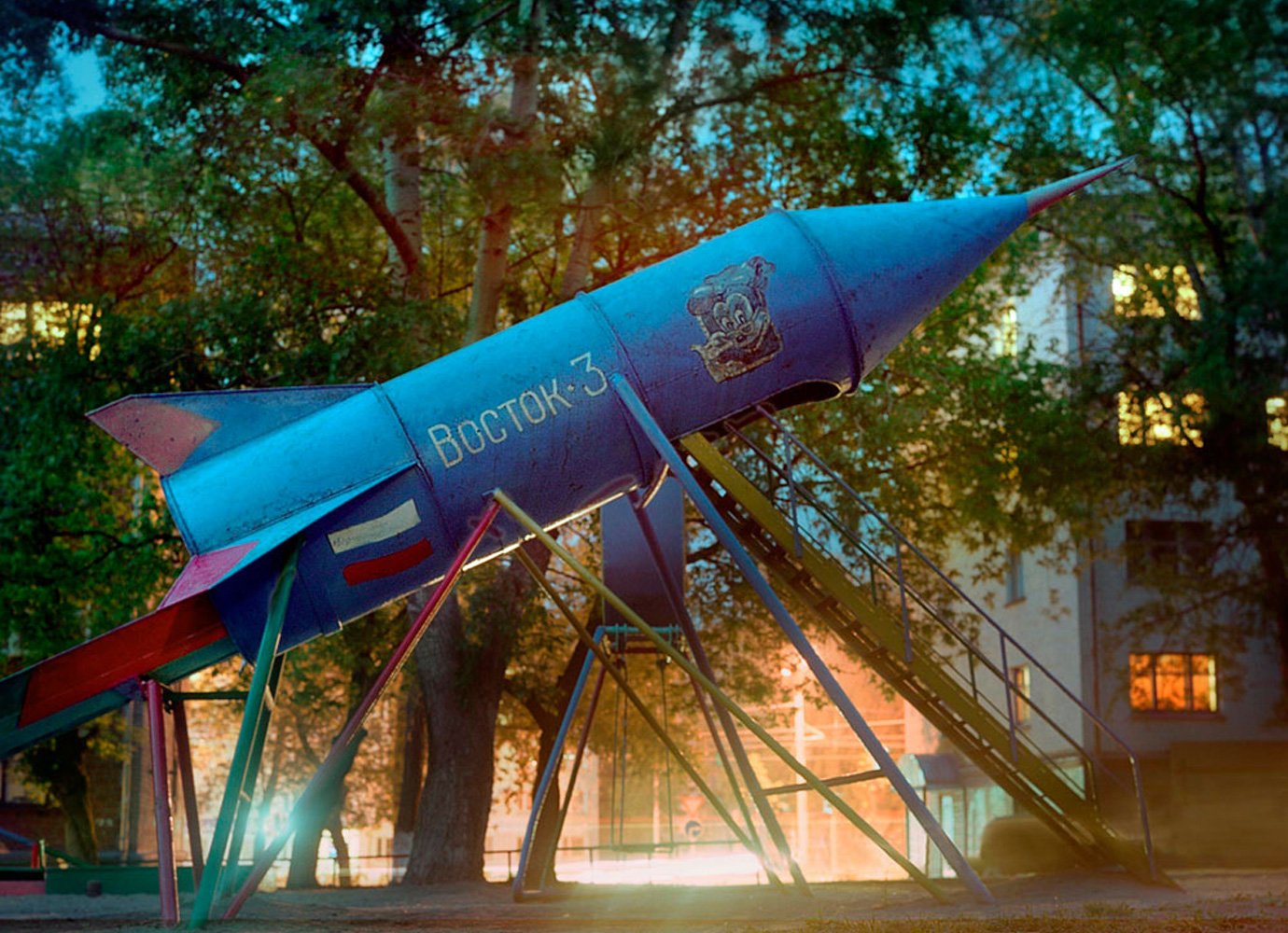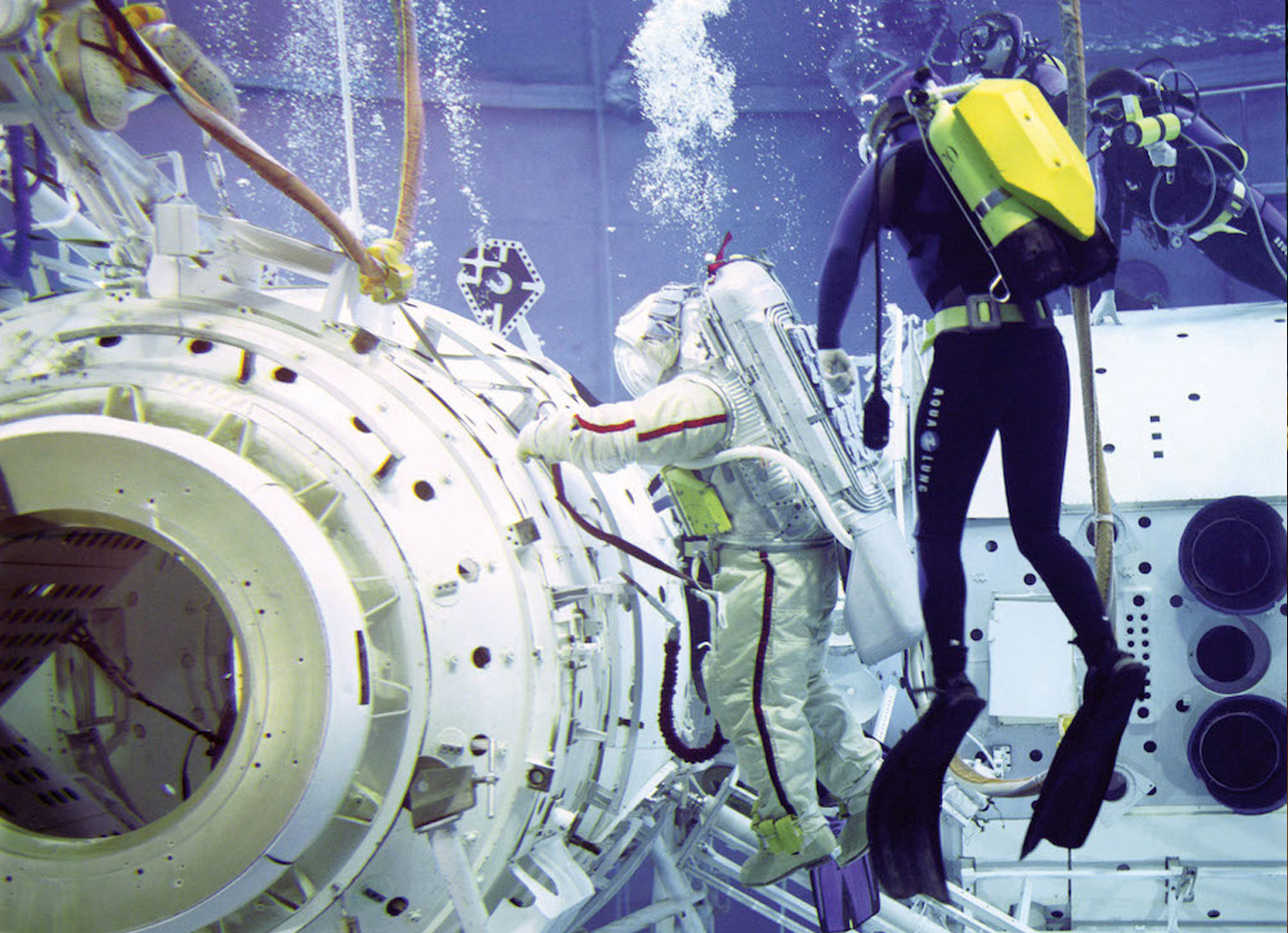Exhibition space: how the greatest show on earth is counting down to lift-off
Soviet Space DreamsThe Science Museum curates the birth of the space age
On 18 September, London’s Science Museum will open Cosmonauts: Birth of the Space Age, the first major exhibition about the Soviet space race ever to be held in the west. The Calvert Journal caught up with curators Doug Millard and Alexandra Smirnova at the museum while the the final objects were being installed
The Science Museum’s director has called Cosmonauts the most audacious and complex exhibition in the history of the museum. Why is this the case?
Alexandra Smirnova: We are bringing together more than 150 objects from 20 different museums and institutions and individuals in Russia. They have never been seen together before. Many of them come from closed military enterprises or private collections. Also, we didn’t just want to show the technology. We wanted tell a dramatic story that starts at the end of the 19th century and goes right up to the present day. This is very ambitious in scope.
Doug Millard: All of the individual loans had to be negotiated over a long period with the many institutions involved. The phone calls, letters, visas, the language barrier…then there were the logistics involved with the size of the objects — we were going to have to take a window out to get the largest one, the 6m-high lunar lander, into the museum but in the end we were able to dismantle it.
The Soviets beat the Americans to so many of the milestones in the space race — the first satellite launch, the first dog, first man and first woman in space, the first spacewalk. Why has it taken so long for the story of their achievements to be told in the west?
A lot of what happened was not disclosed at the time. And now we can tell the Soviet story with some of the actual objects involved
DM: You’ve got to remember that what the Americans achieved at the end of the 1960s — landing a human on the moon — was pretty mindblowing. The sheer magnitude of the Apollo landing tended to blot out what the Soviets had already achieved, starting in 1957 with the launch of Sputnik and going up to 1965 when Alexei Leonov made the first spacewalk: eight years of one first after another. But also, NASA was a civilian organisation that publicised everything it did. There was wall-to-wall television coverage. You didn’t have that on the Soviet side because theirs was a quasi-military organisational structure. A lot of what happened was not disclosed at the time, like the Soviet moon programme. And now we can tell the Soviet story with some of the actual objects involved.
AS: And it’s amazing that we can do it while some of the people who were there at the time are still around. Alexei Leonov and Valentina Tereshkova, the first woman in space, will be coming to the opening and doing events.
There are some remarkable objects in the exhibition, some of which have never been displayed to the public. Which are you most excited about?
DM: Valentina Tereshkova’s spacecraft, Vostok 6. To have the first spacecraft to take a woman away from Earth here beneath us in the museum sends a shiver down my spine. There are also two bits of paper. One has Josef Stalin’s signature on it. It’s the order authorising the start of the missile programme which gave us the rocket to launch Sputnik and Gagarin — the rocket that is still used today, albeit an updated one. There’s also a letter from a 45 year-old collective farm worker, Maria Trofimova. She wrote to Radio Moscow on several occasions essentially saying, “Look, I may not have a great education, but I’ve got a lot to offer. Please send me into space. I’m not afraid of not coming back. But this is what I’m promised as a Soviet citizen.“ It’s very poignant.
AS: Although she claims she’s literate there are still a lot of mistakes that are very touching. You can see how enthusiastic common people were about the space programme. I think my favourite object is a painting, Konstantin Yuon’s The New Planet. If you look at the artistic scene in Moscow in the 1920s you can see how similar ideas were developing in the arts as in the sciences. Russian avant-garde art reflected this search for the new world, and we have some amazing avant-garde pieces in this exhibition. These artists didn’t just want to represent the world, they wanted to transform it. Yuon, who painted the work in the early Twenties while the civil war was still raging in Russia, depicts the revolution as the birth of a new planet.
So this is an exhibition as much about culture and ideas as it is science and technology?
DM: Yes. This is the first time we’ve exhibited works of art in the Science Museum. We’re telling a story of technology in its social and cultural setting.
There is a nostalgic feeling about these glorious Soviet achievements, but there’s been a big resurgence of interest in space recently in Russia as well
AS: It’s about individual human lives, too. Another object I particularly like is the mug that Sergei Korolev, the chief designer of the space programme, brought back from the Kolyma prison camp where he had started developing the programme in the 1930s. The mug, which is inscribed with his name, is the only possession he had. This genius was working on such a daring, complex programme, and in such terrible conditions.
The space programme was one of the pinnacles of Soviet achievement, and still occupies a big place in the Russian imagination. Is it looked upon in Russia with nostalgia, or is do its values and ideas live on there today?
AS: I think both. There is certainly a nostalgic feeling about these glorious Soviet achievements, but there’s been a big resurgence of interest in space recently in Russia as well. Both in terms of Roscosmos [the Russian federal space agency]’s activities and also in what space museums are doing. There are plans to establish a big space pavilion in the newly revamped exhibition centre at VDNKh in Moscow, for example. As a Russian I’m happy to say that we’ve managed to hold on to this enthusiasm despite all the transformations that our country has been through. The story still fascinates us.
This exhibition comes at a time of diplomatic tension between Britain and Russia. Do you think it’s important that exhibitions like this go ahead at such times?
DM: Very much so. An exhibition like this transcends politics. One of the catalysts behind the idea for the exhibition was the 50th anniversary of Yuri Gagarin’s first space flight four years ago. We marked it here with a series of talks. What was interesting was gauging the reaction of the British people. Those who could remember Gagarin had happy memories of this charismatic man who suddenly blasted away the Cold War and was with them, on the rainy streets of London and Manchester with his charming smile. The younger people who were born long after were very interested in him, too. That gave us a hint about why this exhibition had to happen. It’s a story that had to be told, and one that works on many levels. It’s a story of the Soviet and Russian space programmes, it’s a story of Russia through the 20th century, but also ultimately it’s a story about human beings and their entering space for the first time. And also what the future might bring as well.
Cosmonauts: Birth of the Space Age will run at London’s Science Museum from 18 September 2015 — 13 March 2016

_-c.-Memorial-Museum-of-Cosmonautics.jpg)
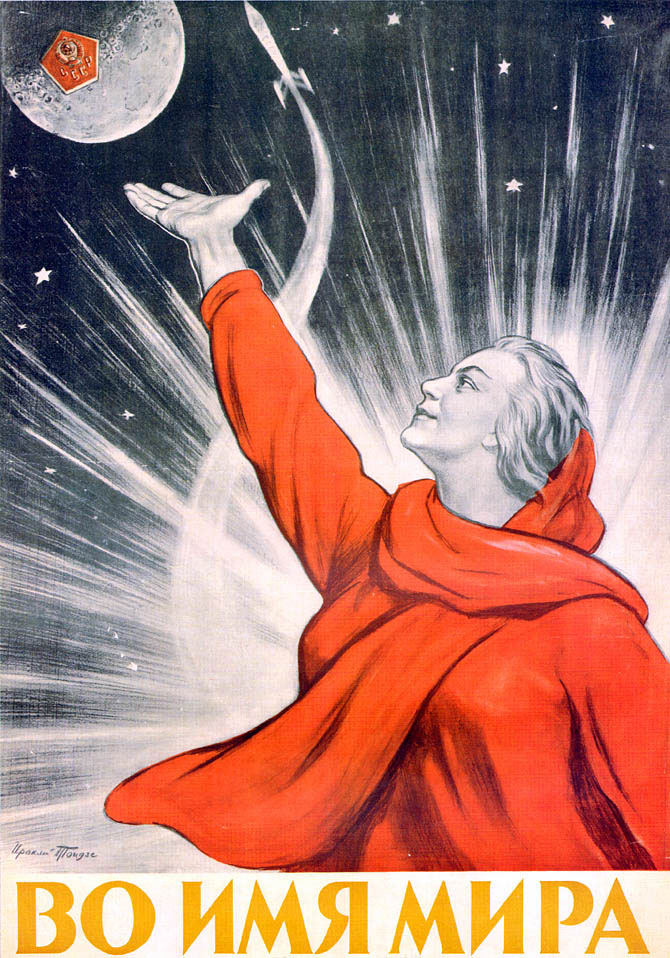
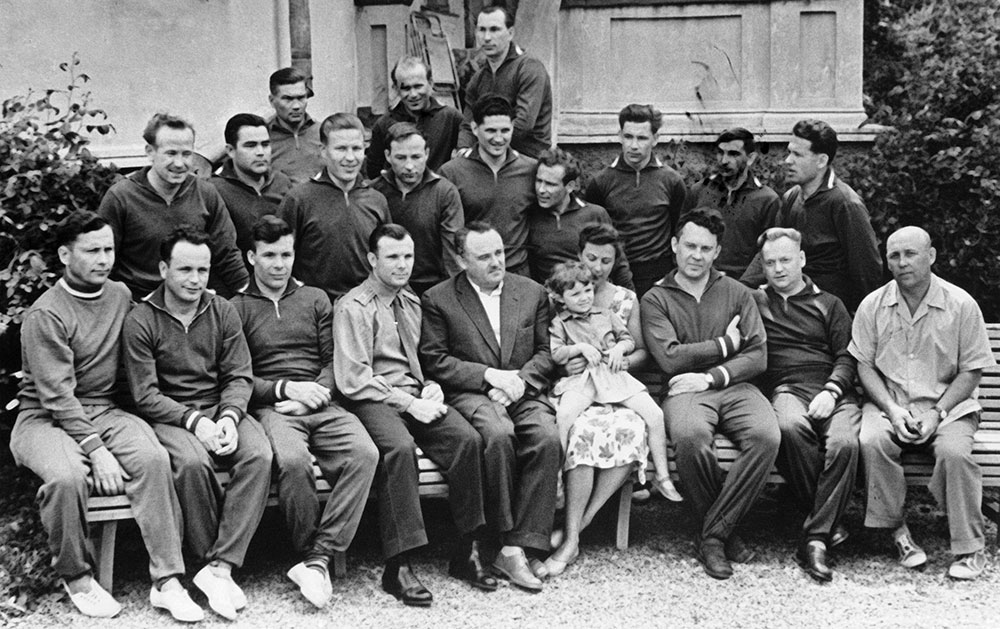
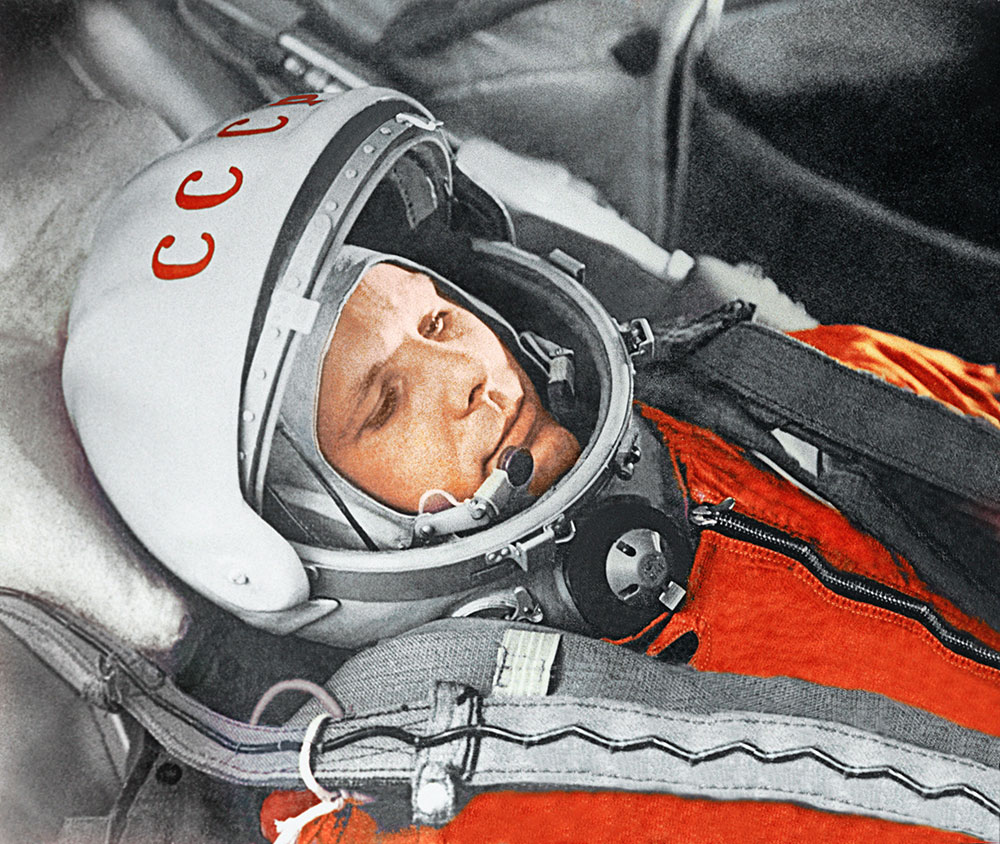
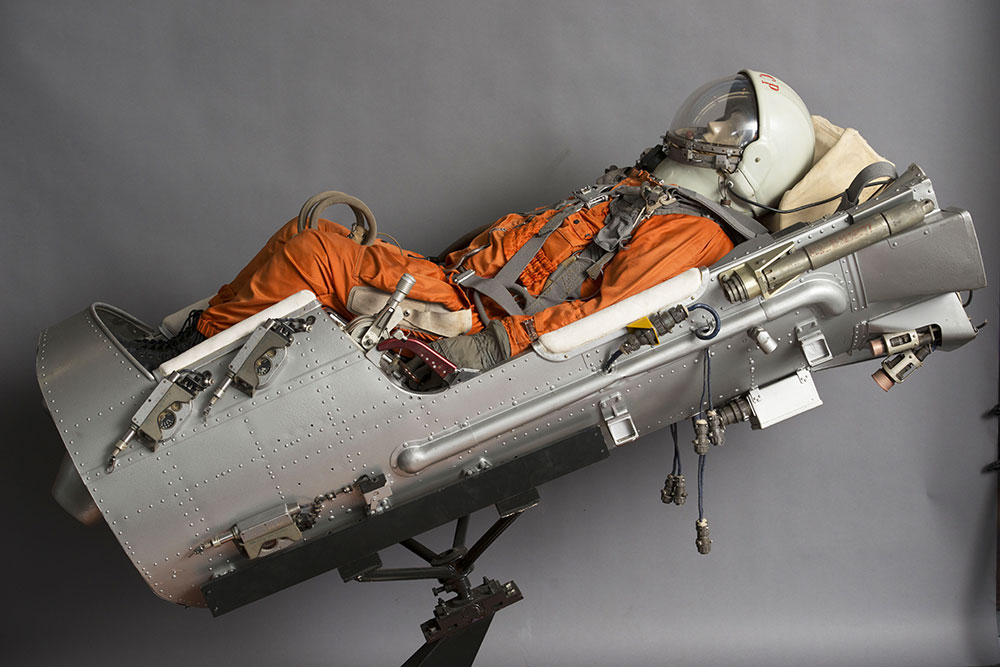
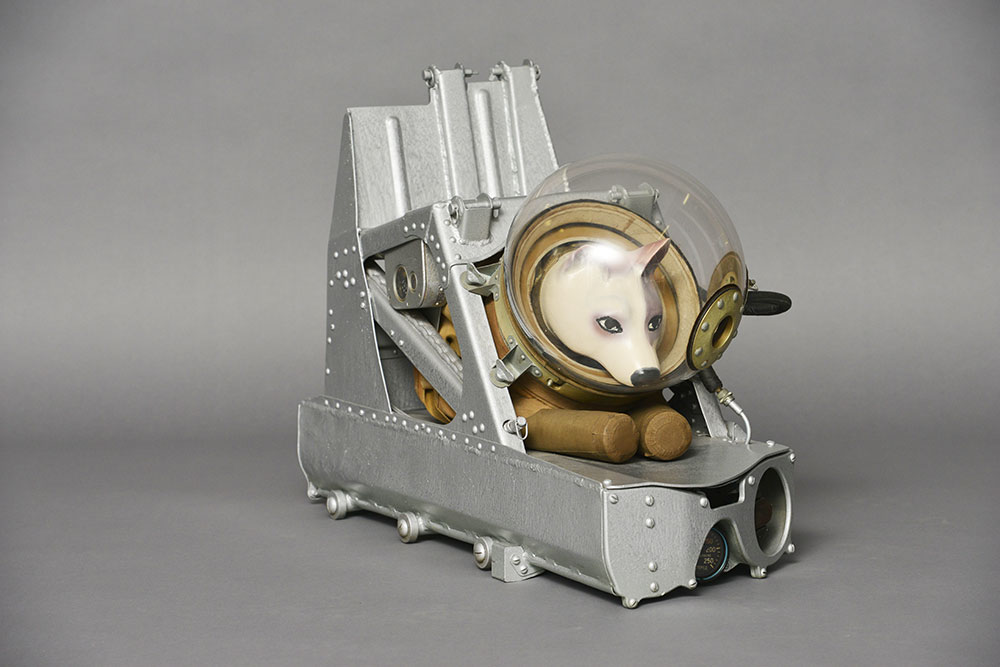
_-1969_-at-the-Moscow-Aviation-Institute_-(engineering-model)-c.-The-Moscow-Aviation-Institute.-Photo-c.-ROSIZO.jpg)
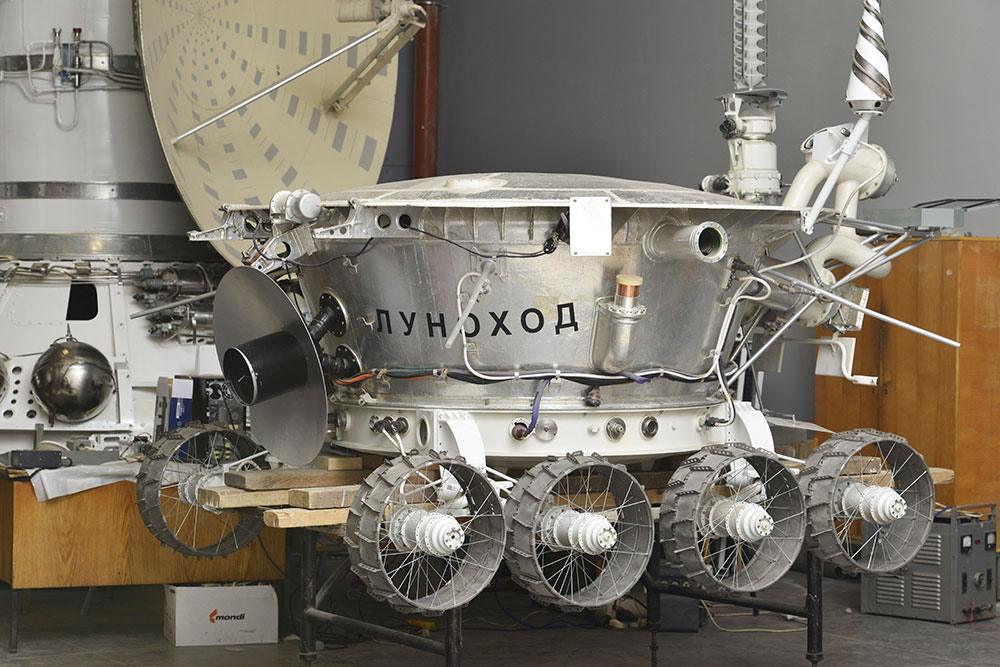
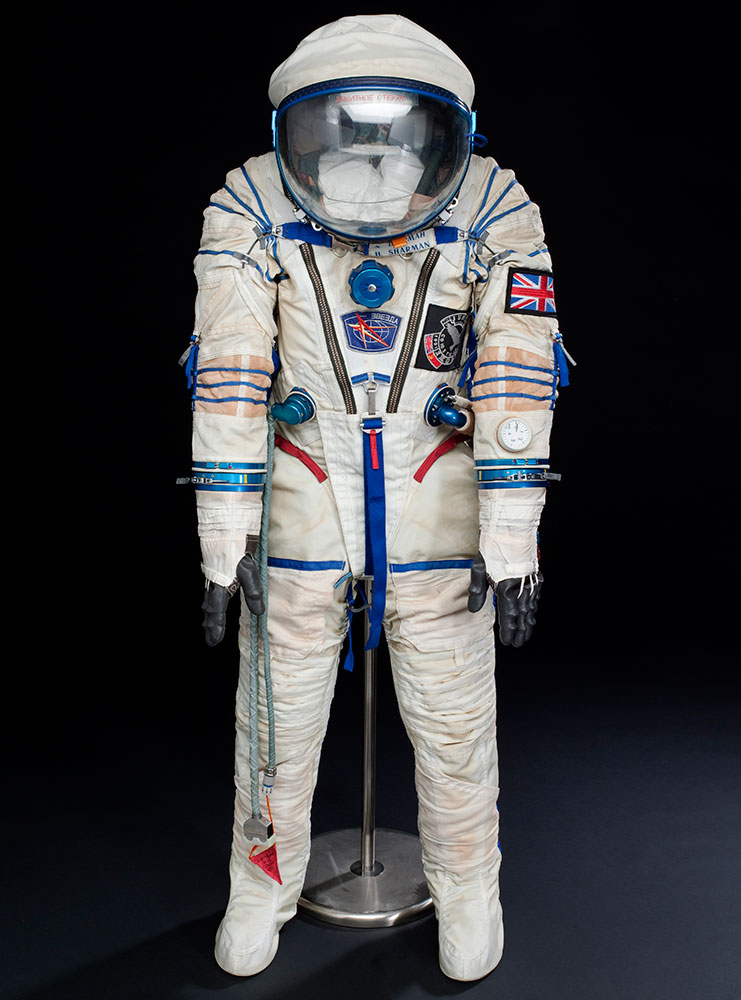
_-1961.-c.-The-Memorial-Museum-of-Cosmonautics.-Photo-c.-State-Museum-and-Exhibition-Centre-ROSIZO.jpg)
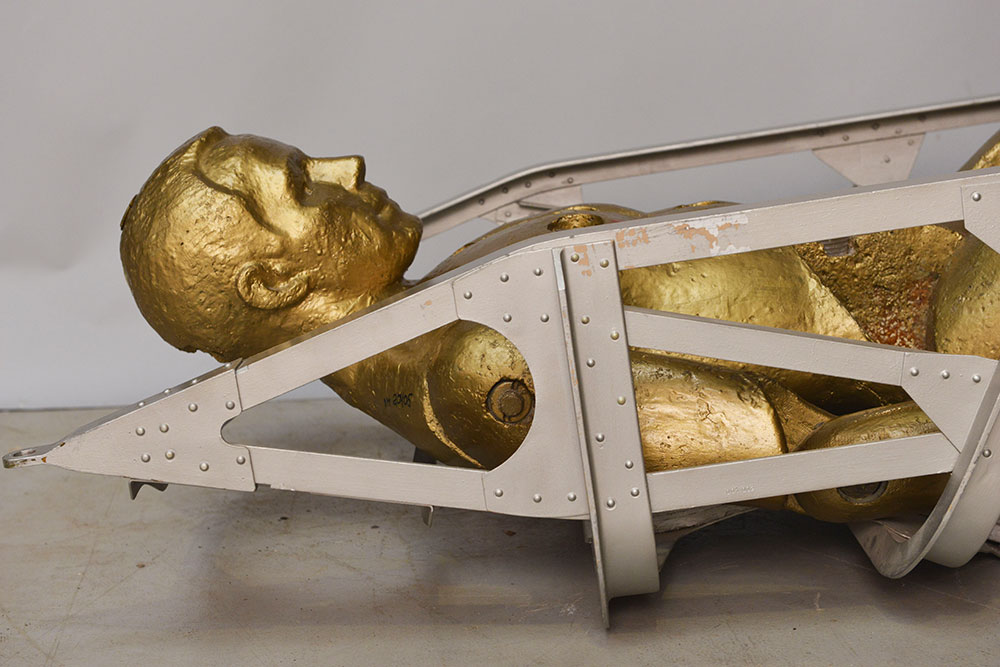
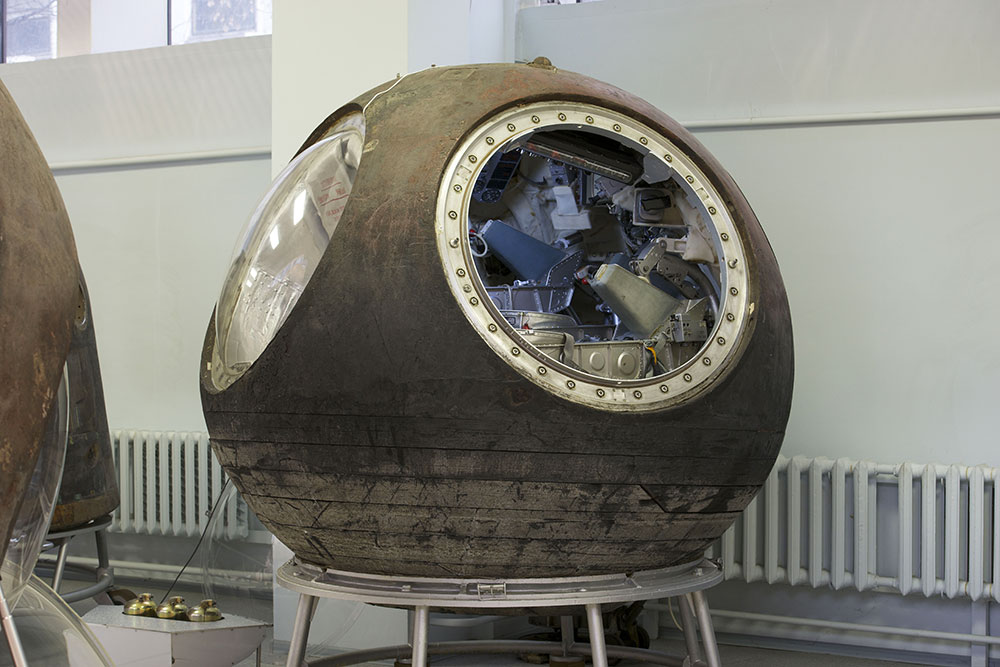
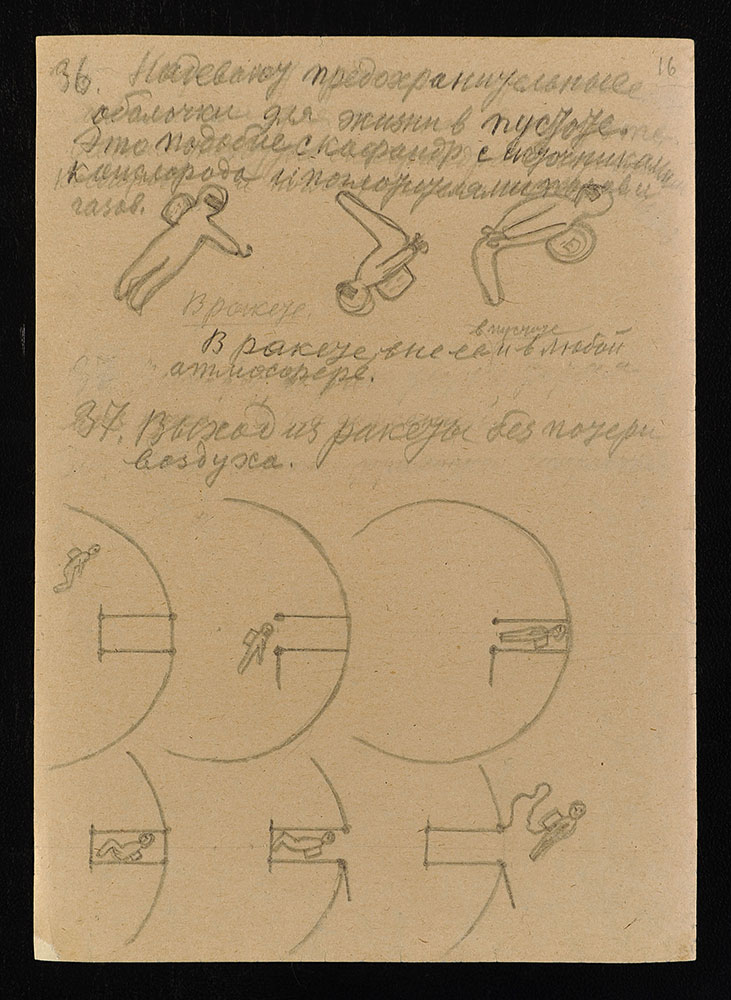
-Lower-Body-Negative-Pressure-Suit_-1971.-c.-Memorial-Museum-of-Cosmonautics.-Photo-c.-State-Museum-and-Exhibition-Centre-ROSIZO.jpg)
